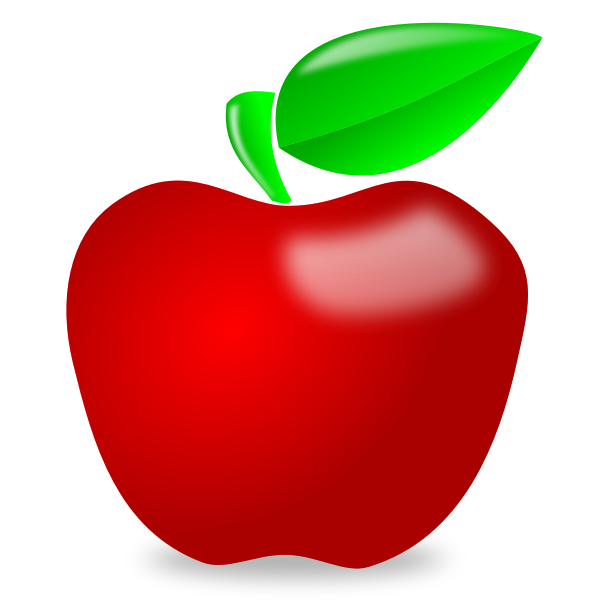

(Do not use, mouse-drag to select, because that would select both the top and bottom layers, which would cause problems for this excercise.)ģ. Select all the layers on the duplicated image, by clicking on every single layer using shift + Mouse click. Ungroup the layers using Object –> Ungroup from the menu bar. Click to select the top layer, which is the duplicated layer.
INKSCAPE LOGO NOT TRANSPARENT FOR MAC
(ctrl + d for Windows, command + d for Mac or if you are using the menu bar in Inkscape, click on Edit Duplicate.) fig 7Ģ. Select the transparent layers of the image to be duplicated. The following are the steps to doing that:ġ. To fix this issue, an exact layer of opacity should be added beneath the transparent layers. Thus the flower in fig 1 would look like this when used as part of a bigger image… fig 5 If transparency is used as part of a larger image within Inkscape, the previous method would not resolve this issue. This method would work when the image is exported as a png or jpeg image. The image below (fig 4), illustrates how the image with opacity would render while using this method, when the image is placed in a different background. What this would do is create a white background for the entire image, well beyond the transparent layers as seen in fig 4. Increase the opacity of that layer from 0 to 100.Click on the Alpha layer which is the fourth channel. Within Document Properties, under Page tab, click on Background color, which can be found under the Background section.In Inkscape, Click on File –> Document Properties.This tutorial explains two methods of doing that. This can be resolved by adding a layer of opacity beneath the transparent layer(s). When such a file is exported as a png file or used in a pdf/x1-a or pdf/x-3 file, the transparency may not render properly (fig 2). While creating images on Inkscape, gradients and transparencies can be used to blend colors or add texture to an image.


 0 kommentar(er)
0 kommentar(er)
